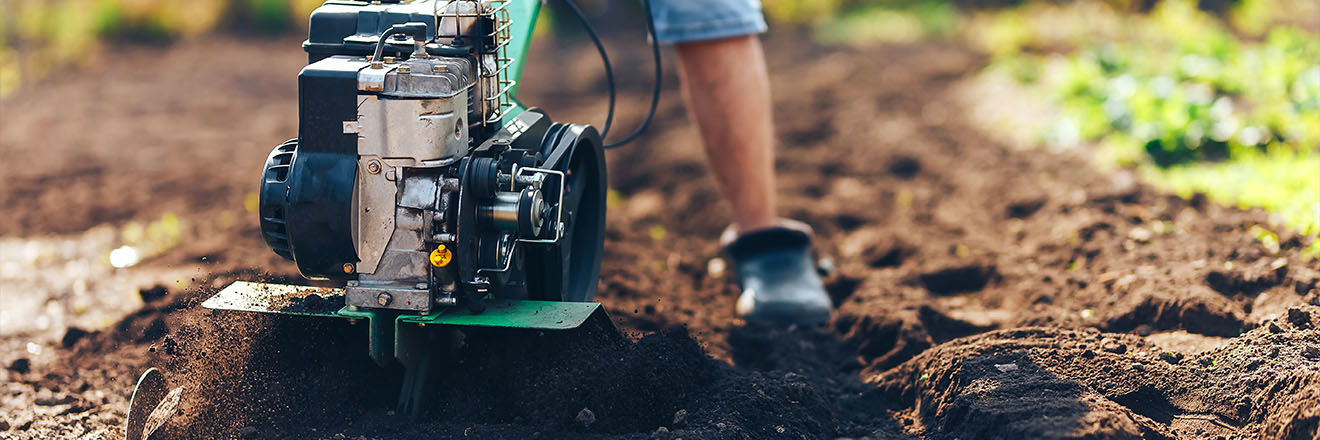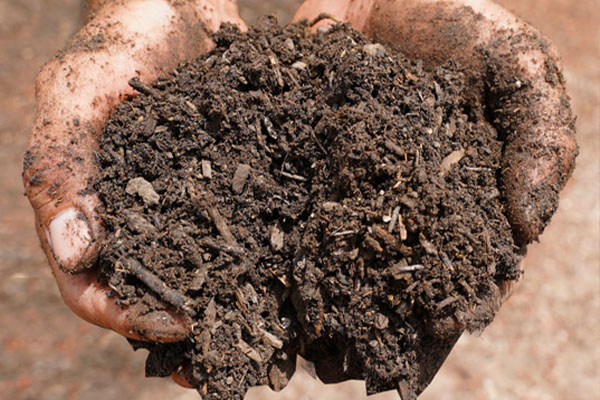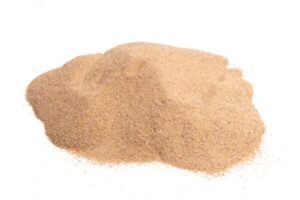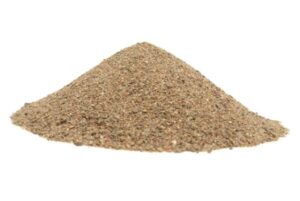
Mix & Till Gardening Soil Amendments
If you have a landscape or garden project, Tim Wallace Soil Mix Supply has the materials that support the results you envision. We produce our blended and premium mixes onsite at our Bolingbrook facility – a distinctive rarity among local landscaping supply.
Our Mix & Till compost or peat, and sand amendments are ideal for gardeners who have an ample amount of good black dirt and want to replenish and reinvigorate the soil. These products perform best when roto-tilled or hand-blended into the existing soil. Our Mix & Till products are blended at a ratio of 50% sand to 50% compost. Mix & Till products that utilize Peat are blended at a ratio of 75% sand and 25% Peat.
The Tim Wallace Mix & Till Difference
Most sand and compost orders in the region are loaded by an end loader into a delivery truck, and the hope is that the material will combine as it can while en route. In a slightly better scenario, the material might be mixed a bit (not blended) by the end loader when it is first dumped at the facility.
At Tim Wallace Soil Mix Supply, our thorough preparation includes multiple steps:
- Gather all related components
- Take them to our mixing bin
- Mix them mechanically with a loader
- Blend the combined products again by running them through our pulverizer
- Scoop the material up with a loader and run it through a second pulverizer with a conveyor belt, which elevates the product for dumping into a truck
With this level of readiness, your final product is truly fit to contribute to healthy, vibrant plants in your landscape or garden.
Compost
Compost adds organic components to your soil to help break up the structure into tiny pores and air channels that give the plants greater access to food. This makes compost an excellent amendment for vegetable gardens.
Adding compost also:
- releases nutrients slowly so they don’t leach away as some synthetic fertilizers do
- promotes aeration and drainage in clay soil
- enhances moisture and nutrient retention in sandy soil
- reduces soil compaction
- inhibits erosion
- suppresses soil-borne diseases and pests
- attracts earthworms (nature’s best soil builders) as well as other beneficial organisms that lessen the need for pesticides and fertilizers

Your choices of Tim Wallace compost include:
- Organic Mushroom Compost: A combination of composted straw, horse manure and peat; a superb topdressing for overseeding the lawn
- Organic Compost: By-product of recycled organic components such as leaves, vegetable scraps and small twigs that become a rich soil amendment referred to as “Black Gold”
- Purple Cow Classic Compost: Finely screened, 100% plant-based product (leaves, sticks, branches) free of manure, weed seeds and pathogens; a national favorite that carries the OMRI Listed® seal for organic production
- Composted Horse Manure: Aged and regularly turned product that is ideal for vegetable gardens
New to Our Soil Amendment Line: PEAT
- Peat: Sourced from northern Minnesota Peat bogs, the product created from organic matters submerged into the bogs is called peat.
Peat is not commonly used as a standalone product. In fact, by itself it’s not a good growing medium beyond starting seeds from scratch. Even though peat can help your soil retain nutrients, it hardly contains any nutrients at all in and of itself. Peat also doesn’t add sufficient nutrients to the soil for healthy plant growth on its own so you have to add other organic components like topsoil along with it.
As a Soil Amendment
- Water Retention: One of the significant attributes of peat is its ability to retain water. Its fibrous structure creates pore spaces within the soil, enhancing water retention and preventing rapid moisture loss. This quality proves particularly useful in soils that tend to dry out quickly – like clay.
- Organic Soil Amendment: Peat serves as an excellent organic amendment, enriching the soil with organic matter as it decomposes further over time. This enrichment fosters a favorable environment for beneficial microorganisms that contribute to soil health. Peat can be added to your soil to achieve any of the following results:
- Help drier, sandier soils retain moisture for longer.
- Help heavy clay soils loosen up and have better aeration and drainage.
- Its fibrous nature facilitates better soil drainage and root development.
- Increase the amount of organic material in the soil, which breaks down over time to provide nutrients.
Gardening and lawn care experts seem to unanimously agree, that peat used in a ratio of no more than 3 to 1 is the best soil blend combination. We prefer a slightly more conservative approach and blend our soil mixes made with peat at a rate of 25% peat. This percentage amount provides the moisture and nutrient retention qualities of the peat that complement and improve the other organics used in the blend while not making drastic changes to the soil’s pH.
Sand
Sand is a naturally occurring granular material made of finely divided rock and mineral particles such as silica and calcium carbonate. Because it is highly porous and permeable, it helps increase the drainage and penetrability of gardening soil.
Soil that drains well is easy to dig, work with and mix with compost. Sand’s porosity in gardening soil also lets more air reach plant roots while helping prevent root disease from excess water.
The keys to using sand for a project are understanding when to include it and what the difference is between fine sand and coarse sand. Tim Wallace Soil Mix Supply offers you either type for achieving your goals.
- Fine sand (smaller than 75µ) helps soil to clump and congeal. It also supports water retention while preventing soil porosity. These characteristics favor root development. Fine sand is the top option for planting beds that are in the ground.
- Coarse sand (larger than 75µ up to 4.75mm) will create more porosity and drainage, which is desirable for
![Coarse Sand]() making a dense soil (e.g. clay) more penetrable. Flowers, tomatoes and root vegetables such as beets and radishes are examples of plants that can grow well with coarse sand blended in soil. Course sand also is the preferred choice for raised-bed gardens of all kinds.
making a dense soil (e.g. clay) more penetrable. Flowers, tomatoes and root vegetables such as beets and radishes are examples of plants that can grow well with coarse sand blended in soil. Course sand also is the preferred choice for raised-bed gardens of all kinds.
Ordering Basics for Gardening Soil Amendments
The garden and landscape specialists at Tim Wallace Soil Mix Supply support you with the ideas and information for achieving the results you desire. Every project is even more fun when it’s done right with the proper materials!
Once your objectives are defined, you can place your order for either pickup or delivery. The minimum quantity for pickup is one cubic yard (27 cubic feet). You can request your Mix & Till blend beforehand or have it made while you wait at our Bolingbrook facility.
If you prefer delivery of your material, we can bring from 2 to 12 cubic yards straight to your driveway. Delivery cost will be determined by distance.
Mix & Till Made for You: Find Out More
A colorful, flourishing yard begins with the right soil and amendments according to specific planting goals and characteristics. Tim Wallace Soil Mix Supply provides you the knowledge and materials for making your garden and landscape grow. Contact us at (630) 759-1080 to tell us about your project!

 making a dense soil (e.g. clay) more penetrable. Flowers, tomatoes and root vegetables such as beets and radishes are examples of plants that can grow well with coarse sand blended in soil. Course sand also is the preferred choice for raised-bed gardens of all kinds.
making a dense soil (e.g. clay) more penetrable. Flowers, tomatoes and root vegetables such as beets and radishes are examples of plants that can grow well with coarse sand blended in soil. Course sand also is the preferred choice for raised-bed gardens of all kinds.